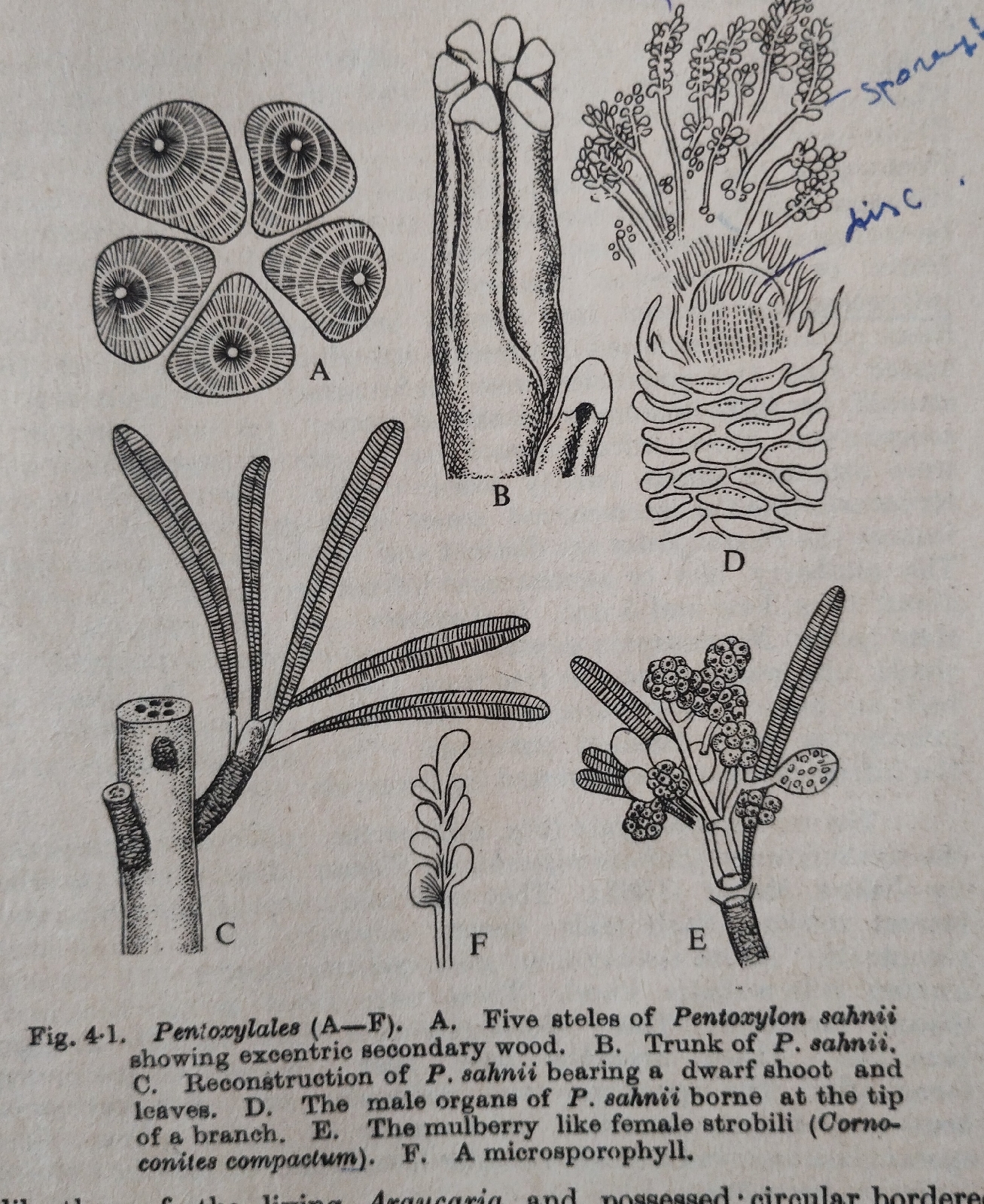Benedict's Test
Benedict's Test
It is a Reduction Test in Alkaline Medium to know the nature of an unknown Carbohydrate.
Benedict's reagent contains dissolved Sodium citrate , Sodium carbonate and Copper sulphate.
Preparation:
Add 86.5 gm sodium citrate and 50 gm sodium carbonate in 350 ml distilled water to make solution 'A'.
Add 8.6 gm copper sulphate in 50 ml distilled water to make solution 'B'.
Mix 'A' and 'B' together and add 100 ml distilled water to make 500 ml Benedict's qualitative reagent.
Experiment | Observation | Inference |
To a dry-clean test tube 3ml sample solution is taken, then 2-3 ml of Benedict's qualitative reagent is added and finally boiled for 5 minutes. | Green,Yellow or Brick-red ppt.,is formed depending upon the amount of reducing sugar present in the sample. | Presence of Reducing sugar in the supplied sample soln. Green ppt. indicates about 0.5 g% concentration. Yellow ppt. indicates about 1 g % concentration. Brick-red ppt. indicates 2 g% concentration. |
Reactions:-
Reducing sugars+alkali--> enediols(Enediols are strong reducing agents)
Enediols+2Cu² (+) → 2Cu(+) +sugar acids
2 Cu(+) + 2OH(-)--> 2CuOH
2CuOH (on heating)--> Cu2O red ppt .+ H2O
When a reducing sugar is heated in an alkali, it turns into powerful reducing agent called enediol.
Enediols reduce the cupric ions (Cu 2+) present in Benedict's qualitative reagent to cuprous ions (Cu+) which get precipitated as insoluble Cuprous oxide (Cu2O).



Comments
Post a Comment